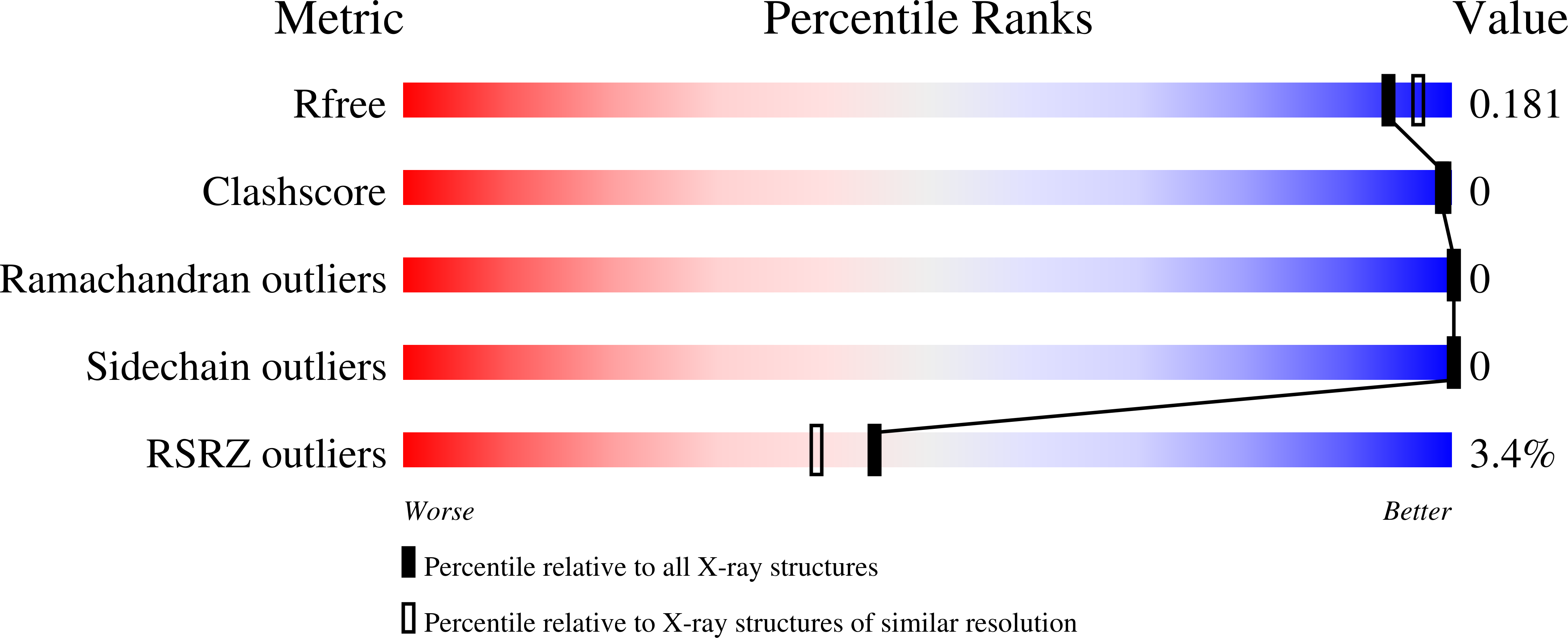
Deposition Date
2021-02-20
Release Date
2021-11-24
Last Version Date
2024-10-23
Method Details:
Experimental Method:
Resolution:
1.80 Å
R-Value Free:
0.18
R-Value Work:
0.15
R-Value Observed:
0.15
Space Group:
C 1 2 1


